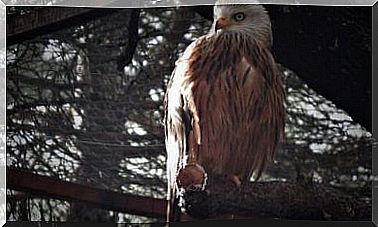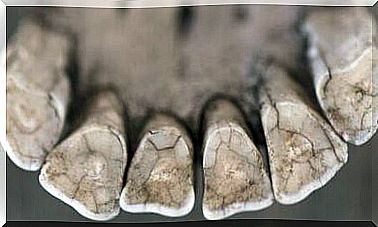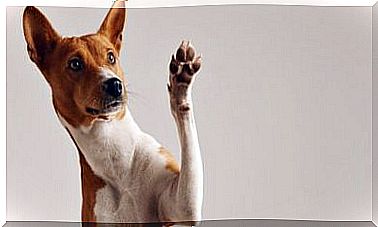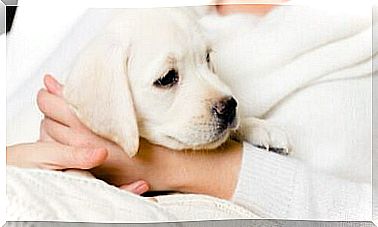House Snakes: What They Are And How To Deal With Them

Before choosing one of the many types of pet snakes, it is essential that you are sure that you can legally keep it in captivity. In Italy, there is a detailed list of exotic species considered illegal.
Possession of some reptiles is considered a crime because it funds the trafficking of wild animals. Furthermore, it is not allowed to breed endangered specimens of any species in captivity.
It is also important to be sure where your new snake is from and to choose responsibly where to buy it. You should never opt for private individuals or unofficially registered shops. The risk of cooperating with the black market is very high.
How to choose the most suitable pet snakes
1. Size and space available
There are snakes of all sizes. While some species can measure more than 10 meters, others do not exceed 25 centimeters.

It is important to choose a species that fits the space available in your home. It is worth remembering that all animals can have health problems and become aggressive if subjected to an inappropriate environment.
2. Power supply
Many snakes feed on mice or small mammals in their natural habitat . This makes it more difficult to adapt their feeding in captivity.
It is recommended that you opt for the types of pet snakes that feed on small insects, crustaceans, fish or snails. This nutrition is easier to balance and to find fresh.
3. Degree of sociability
Some snake species are more sociable and adapt more easily to living with humans. In some countries it is common to find them as pets in families with children.
Some of these species can even be trained to perform tricks and play alongside you owners.
4. Poisonous species that are prohibited
On the other hand, there are many wild and poisonous species that are prohibited by law, in Italy and in most European countries. These snakes pose a serious risk to the life of humans and other pets if they are raised in captivity.
The same goes for the wild breeds of constricting snakes, which can become aggressive if not given proper care.
5. House snakes and children
Having a child in the home is a determining factor in choosing any pet. In the case of scaly reptiles, this rule is even more valid.
Many children dream of having a snake as a pet. If the parents agree, the ideal is to choose a smaller species, so that it is easier to manage and train, even better if a type with a high level of socialization.
What are the most common types of pet snakes?
At this point, it seems fair to summarize the types of pet snakes that are best suited to breeding in captivity.
House snakes for beginners and children
We recommend starting with the species that are easier to manage and require more basic care:
- Wheat Snake : This is the most popular pet snake. Very docile and easy to train, it has a length of about 1 meter and its body has shades of orange and yellow with a black profile. They mainly feed on crickets, rodents, lizards and worms.
- Indian rock python : It is also known as molur python and is also easy to handle. These reptiles require little care but need a large outdoor terrarium to live comfortably and with plenty of water. It is quite sociable with humans and other vipers. Its average size is 5 meters.
- Royal Python : resembles the Indian python, but measures between 1 and 2 meters. In addition, it is a very attractive species due to its various colors and shades. They are easy to manage, require little space and are generally very docile. He is also known as Ball Python , due to the way he rolls up when he feels scared.
- Milk Snake : This is one of the best pet snake options. It usually measures between 50 cm and one and a half meters. It is easy to handle and has shades of red, black and yellow as appropriate. Its diet is based on insects, frogs, fish and small crustaceans.

Home snakes for those who already have experience
- Rat snake : there are different types. Some are non-poisonous and can be bred in captivity. They have beautiful shades of orange or brown and usually measure between one and a half meters and two. But they need a very clean environment with plenty of water, as they like to freshen up frequently.
- Boa constrictors : They cause a lot of controversy over their captive status. Many argue that they are docile snakes that are easy to train. But they need a lot of care and need to be socialized early to prevent them from developing aggressive attitudes.
All types of pet snakes require knowledge and preparation from their owners. Having an animal at home, be it a cat or a reptile, requires responsible behavior in order to guarantee the protection of the animal and the protection of family members.
Author of the main image: Victoria Achkasova









